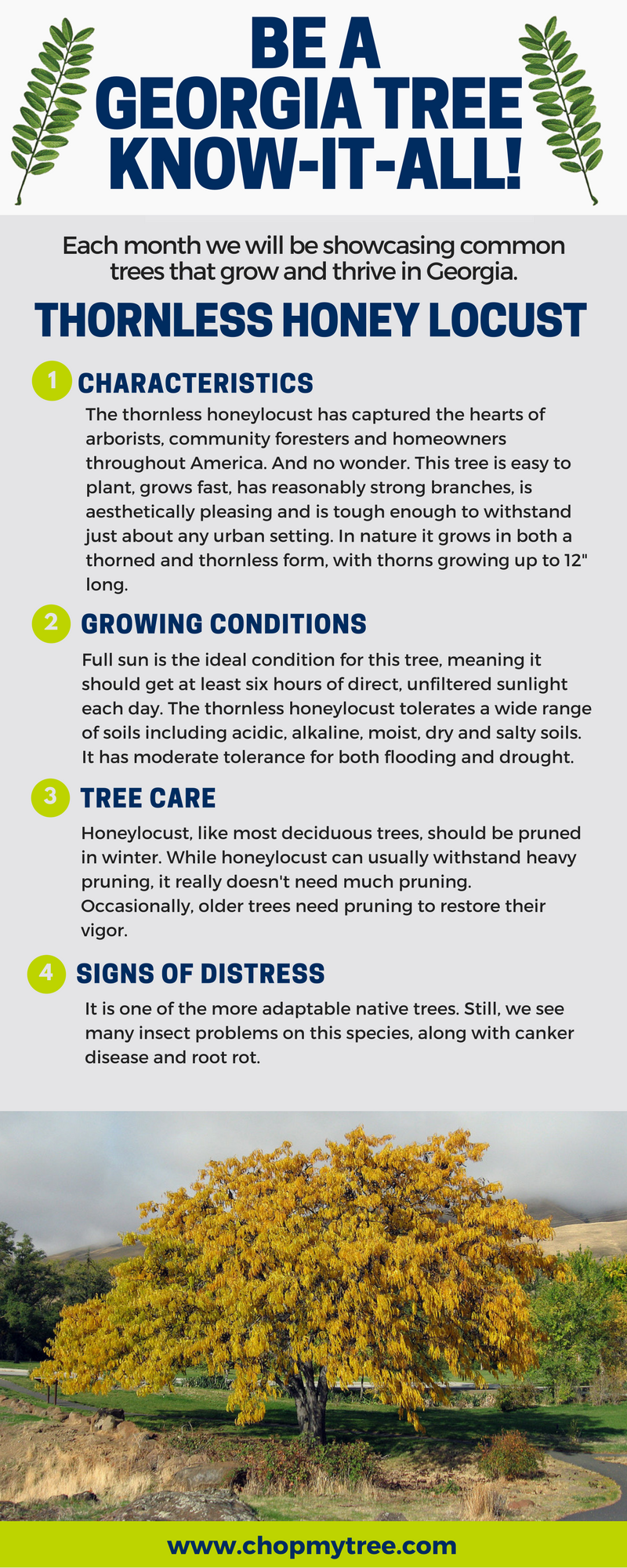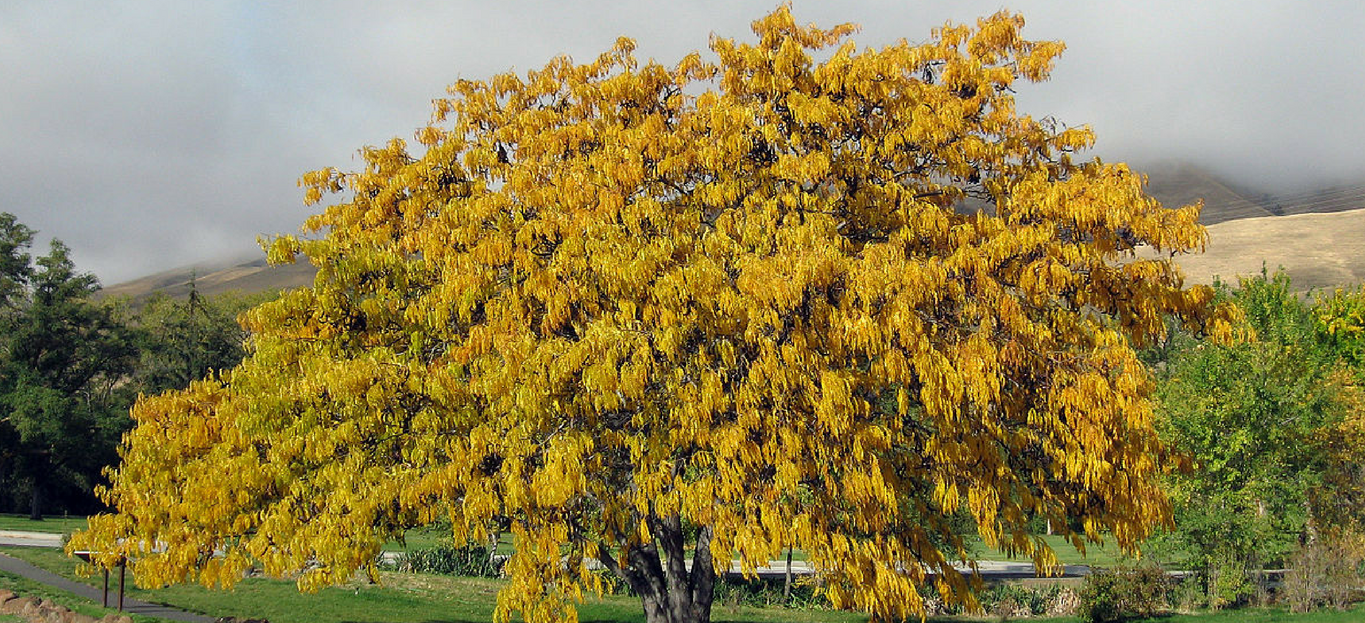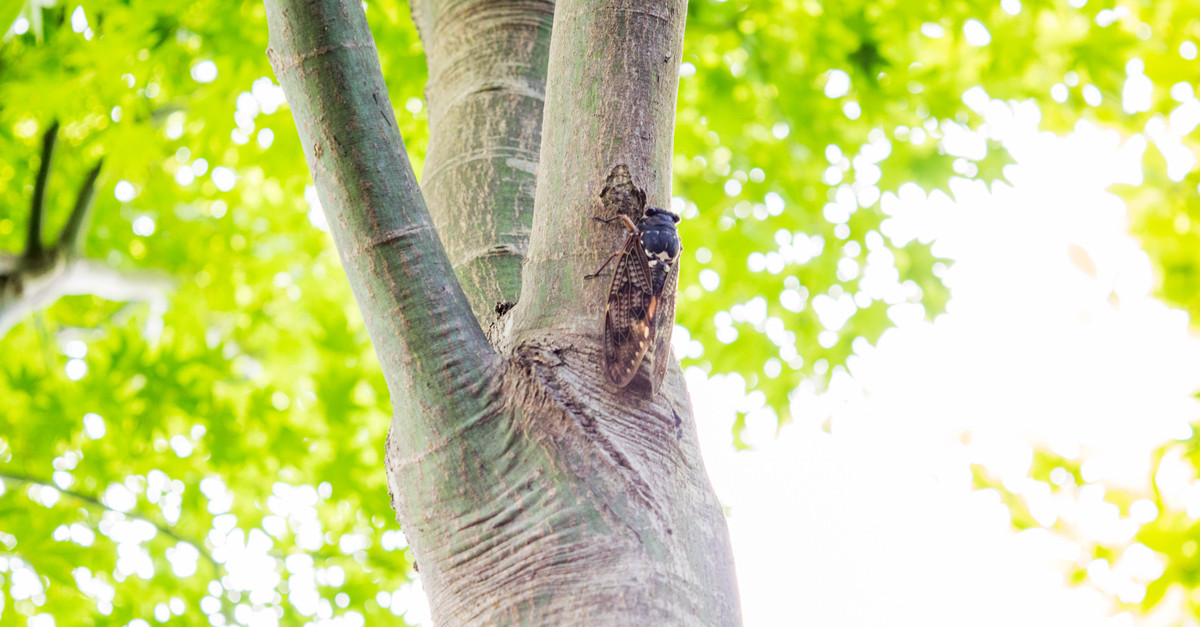Want to keep the god of thunder and lightning from giving you trouble this season? Summer is the time of storms, and that’s not so good for your beloved birches, beeches, and buckeyes (and, you know, other species). Here are the dangers you face from good ol’ Thor, and what to do about them.
Avoid Falling Limbs: Trim Trees Regularly
One of the most common problems in stormy weather is dropped limbs. While you can’t always avoid this, especially with hurricane- or tornado-force winds, you can make it much less likely with dedicated and timely pruning.
Look for dead or dying limbs and get those out. Prune off branches that have weak crotches (limbs that form a wider angle than around 45 degrees or so). Remove extra branches to conform to the tree’s natural shape and offer more light and resources to remaining limbs.
Avoid Injuries Due to Stress: Water Well
Trees whose systems are already stressed are more likely to suffer damage in high winds. Their root systems may be shallower or less extensive, resulting in a greater readiness to tip or rip out of the ground completely. They may also be drier and crack or break more easily. Avoid brittle trees and weak roots with conscientious watering all summer.
Avoid Flooding: Maintain Yard Drainage
There’s no easier way to kill a tree than by drowning it. Subjecting roots to submersion for days or weeks after a storm can substantially reduce tree health, even if they live. Avoid this by funneling stormwater away from trees, perhaps with a bioswale or rain garden.
Avoid Lightning Strikes: Install Lightning Protection
We’ll just say this upfront: Lightning protection systems are expensive. However, if you have a heritage tree or a sentimental specimen on your property, it may be worth the investment. These systems don’t draw strikes; they reduce the charges between ground and sky to reduce the chances of strikes at all.
No matter what you need to protect your trusty trees, we’re here to help. Premier Tree Solutions serves Atlanta with the quality, dedicated tree care you need. Whether you want to protect trees before a storm or clean up after one, we’re the people to help. Get in touch and contact us here if you have any questions!








